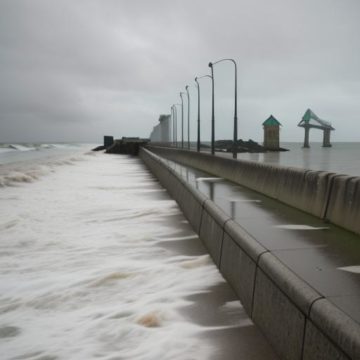 Advait Arun in Phenomenal World:
Advait Arun in Phenomenal World:
The world urgently needs financing for renewable energy, infrastructure, public transit, land restoration, and much more to face the storm of climate change. But these necessary capital investments in the green transition face real barriers, such as a high cost of capital or slow land acquisition. Policymakers, their critics, and investors alike are right to worry about these financial and regulatory obstacles.
The pandemic, commodity price shocks, and US interest-rate hikes have left global South countries with limited fiscal room to invest in cutting emissions and building resilience against climate change. The upper crust of development policymakers believe that the best way to bridge this green finance gap is to incentivize deep-pocketed institutional investors: a broad category that includes pension funds, investment banks, asset managers, insurers, and private equity funds. Assumed to collectively possess the capital that governments do not, they are meant to fund and operate the green infrastructure and services people need. In this view, the trillions of dollars per year needed this decade for climate adaptation and mitigation investments are trillions of dollars worth of new assets for investors.
Policymakers promote “mobilizing private finance” as a solution that mutually benefits common people and investors. Achieving this requires the state to shoulder the costs as well as the investment risks; this is the logic of financial derisking, which operates chiefly through loan guarantees, blended finance funds, securitization structures, and project preparation services. Critics argue that these forms of financial derisking socialize investors’ risks while allowing them to reap profits, accelerate the privatization of public goods across emerging markets, and place the private sector in the drivers’ seat of the green transition. But it’s unclear if investors can actually finance all the world’s unmet financing needs. Is it technically possible?
More here.
